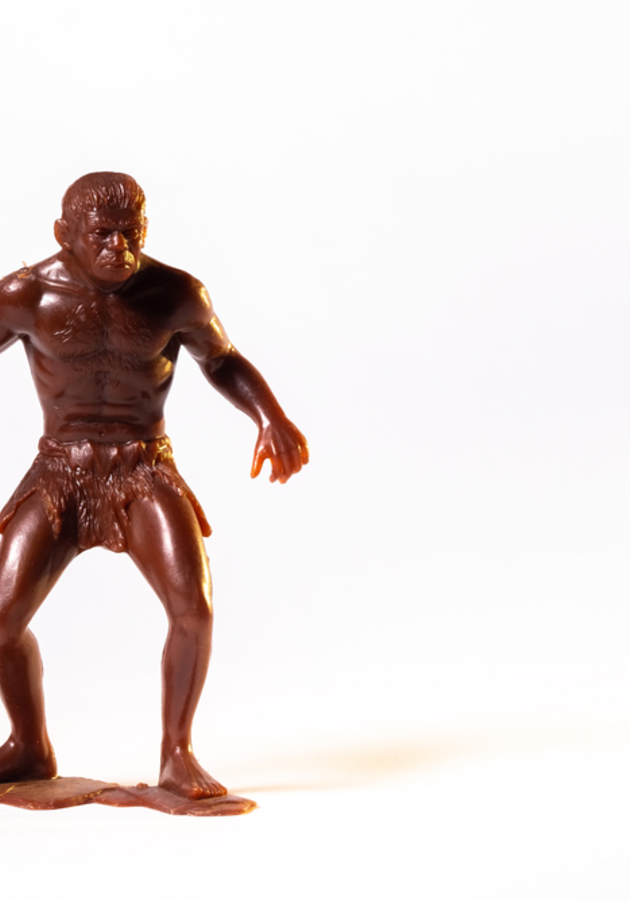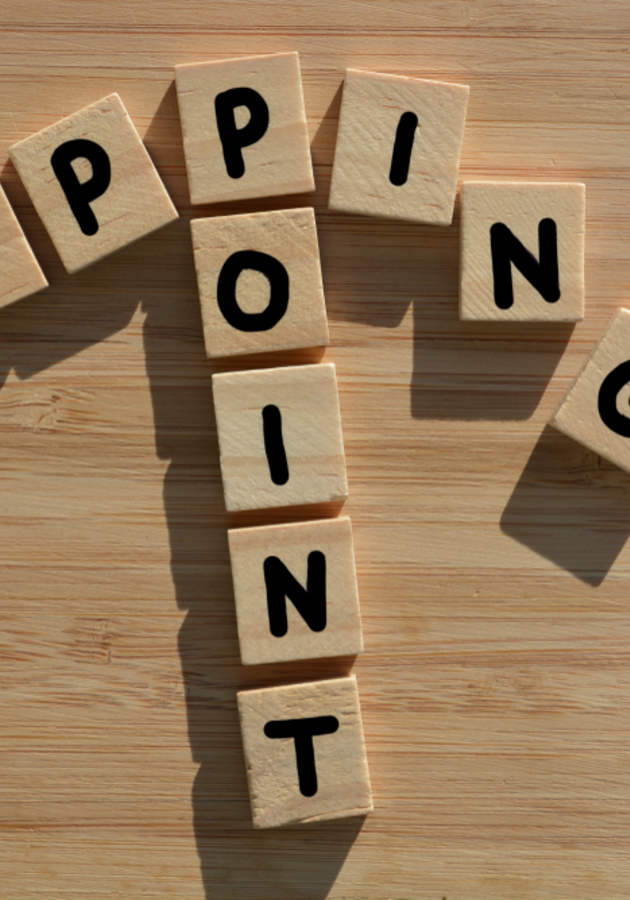What does Martin Luther King have in common with the kidney thieves you've heard about on the internet? The answer is simple, they know how to create lasting messages from ideas that stick. To understand how these ideas really stick together, the Heath brothers wrote “Ideas that Stick” and in this summary, we will share the main concepts so that you can have and put into practice successful ideas. They propose a template that makes ideas more cohesive and, if you follow it, you'll be able to communicate your own in a much more efficient way. Here we go!
There Is a Difference Perception Between Who Tells And Who Listens To An Idea
Ever heard of the curse of knowledge? When a person shares an idea, he has all the information behind that other people do not have access to. A clear example of this occurs in a simple experiment. People are separated into two groups. The first group has to listen, while the second one has to beat a rhythm of a known song. When one person is beating the rhythm, and the other has to guess what the song is, rarely the person who hears the beat knows what the song really was. That is because the person who plays is listening and singing the song in his mind, while the other participant does not hear what is in the drummer’s head and this makes it impossible to identify the music. To effectively communicate an idea, you need to understand how ideas multiply and what their main characteristics are. To do this, let's explore the characteristics of the ideas that stick:
Ideas That Stick Are Simple
Many people, when sharing a thought, seek to explore all its details and nuances. But for your ideas to stick, the first step is to reduce it to its center point. To find the focus of an idea, determine the single most important thing of it, but do not hide the reason why it is communicated that way. Ideally, you should be able to explain your idea using the inverted pyramid technique of journalism. Tell the listener the most important thing first, elaborate and tell more about it, and then add details. That allows you to be able to prioritize the details of an idea by its importance. The key to motivating other people with your thoughts is to use your core messages to make it easier for them to make their decisions. The essential part of a message is compact and helps people to guide themselves.
A good example: An editor of an American newspaper would like your newspaper to cover only local news. Only, exclusively, local. For this, he created an internal slogan that he used with his team of journalists. The slogan was: "Names, names, names". In local news, people know the people who are involved in the facts. Thus it becomes clear how this simple and powerful slogan helped reporters make decisions by covering a story. Another powerful way to simplify an idea is to share it to familiarize the idea with something the listener knows. For example, if you are a producer and want to cast an action movie in Hollywood, a good example of a simple description for your idea could be something like "Die Hard, but in a bus" or "Shark goes to space". The central point of the message for Southwest Airlines is simple. "We are the low-cost airline." That makes it easy for your employees and executives to make any decisions, always taking this central point into account. Also makes clear to the company its purpose and no one will ever propose to the executive team the idea of including dinners on their planes, for example.
Ideas That Stick Are Unexpected
If the first point of effective communication is to get attention, the second is to maintain it. And to keep people's attention, you need to get them out of their comfort zone, surprising them with something unexpected. When a flight attendant does something other than just give the safety instructions of a flight, for example, it catches your eye. When in front of the unexpected our brain leaves the automatic and enters the manual control, and the unexpected receives our full attention. People ignore routine and repetitive things easily, just see the same content a few times and they forget it. Therefore, when presenting an idea unexpectedly or surprisingly, it makes it more efficient in capturing attention and thus has more chances to stick. Communicating your message unexpectedly causes you to break the audience's guessing machines, and if those machines crash, it becomes easier for them to assimilate new ideas. To attract someone's attention, you need to show that there is something important that she does not know yet and that you can give her by working the curiosity of the individual. A good example of a call that appeals to curiosity would be something like: "There is a new drug affecting teenagers, and it may be in your medicine bag!" After hearing something like that, people start asking themselves questions like, what, how and why. Another tip to spark people's curiosity using facts and statistics. People, listening to a statistic, go to great lengths to understand it, and this can help ensure that you can keep their attention.
Ideas That Stick Are Concrete
An idea becomes concrete when it can be described and felt by people. A V8 engine is something concrete, "high performance" is something abstract. Concrete ideas are easy to remember, and yet people tend to use abstractions to communicate their ideas. Experiments prove that people are more likely to remember concrete nouns like "bicycle" rather than "justice" or "personality." The urban legend of the kidney thief, for example, has dozens of details associated with it so that it becomes believable. It describes how the thief steals the kidney, where (in the hotel), how the procedure is, and you end up in an ice-filled bath with a phone number to call. Only by using concrete, understandable terms can we be sure that the message will be understood. At the same time, it is often helpful to give examples or use detailed pictures to help convey a point. Concrete, visually descriptive expressions are easier to understand and therefore stick to. In practice, you need to avoid unnecessary jargon and talk about real people or facts. The more concrete the idea is, the more chances it has to multiply.
Ideas That Stick Are Believable
For your idea to stick and people to pass it on, you have to believe it. If there is doubt about its truth, it will not go forward. The good news is that credibility can be obtained in several ways. One proven way to make an idea believable is to have experts confirm a story. He does not have to be a doctor or a scientist, just someone that people will trust. The specialist may rather be an authority on the subject, but an anti-authority can also work. In a campaign against cigarettes, for example, a woman who had smoked for two decades was told about her second lung transplant. She was 30, but she looked like an elderly, sick woman and her testimony brought validation to the story. Another way to give more credibility to an idea is to use facts and figures to illustrate the point. But they need to be used with caution. Statistics need to be clear to ensure that the person understands its relationship with your idea. The correlation between numbers and your idea is more important than the number itself. Using the public as a reference also works very well. Ronald Reagan in his campaign addressed voters with a tease: 'Ask yourself, are you in better shape now than you were four years ago?' People identified, after all, at that moment, in that economic condition, things had really gotten worse. Use proven credentials and challenge the consumer with them. In Wendy’s "Where is the meat" commercials, the ads challenged consumers to compare Wendy's burger with their competitors to prove that it was actually bigger. And it really was, which increased consumer confidence, and they spread the truth, making the idea stick.
Ideas That Stick Are Emotional
The purpose of the emotional component of an idea is to make people really care. Feelings inspire people to act. Often rational statistics and factors do not inspire people to take action, and in that case, one has to develop their empathy with the idea. In that case, the message should appeal directly to the emotions. To make young people understand that smoking is dangerous, you have to show them an emotional connection, for example. They already know that smoking is bad, but they still smoke. A brilliant campaign in 1998 has managed to impact them differently. They showed a pickup entering the cigarette factory, and teenagers unloaded bodies from people who died that day, victims of cigarette evils. The ads clearly created a great empathy and a common enemy, the figure of the great cigar factory, and this appealed to the questioning attitude of the teenagers. If before they smoked to rebel against the system, now to rebel they needed to stop smoking not to invest in the cigar industry. To use emotion, you have to resonate with people's beliefs and make them feel part of that idea. If a group identifies itself with a cause, it is worth associating its idea with that cause, in order to be able to penetrate better in this group. Emotional appeals work because people are more interested in other people than in facts and figures.
Ideas That Stick Count Stories
The last point for a sticky idea is to tell it as if it were a story. Stories encourage the listener's mental stimulation and fix the idea to their minds. For example, a flight simulator is much more efficient than instruction cards when trying to train new pilots. The hardest part of this approach is to create the story itself. In fact, the best stories are discovered and not created. The fast-food chain Subway, for example, appropriated the story of a man named Jared who lost another 100 pounds, eating only in their restaurant chain. The Heath brothers list 3 main story types that work when we want to communicate ideas.
-
The challenge story: This is the story of the weaker hero, overcoming adversity. The element in this story that makes it work is that the challenges of the hero are similar to the challenges of the consumer and that in the end, he can overcome them. Jared's story fits this guy.
-
The connection story: It is a story in which the relationship formed between people overcomes a barrier of class, race or even religious. This story inspires us to be more social, tolerant, and help others.
-
The creativity story: It involves someone who can see something entirely new and cool. Your story should tell you how your idea solved a complex problem uniquely and innovatively.
For your idea to spread and effectively stick, you need to be able to create or even take advantage of a story that demonstrates your idea.
Final Notes:
For you to become an effective communicator, your ideas need to stick to people's heads so they can get the idea across. The good stories are:
-
Simple and focus on the central point of an idea;
-
Unexpected and surprisingly capturing people's attention;
-
Concrete so that people can understand it and remember it later;
-
Credible, making it easy to believe in the true factor of your idea;
-
Emotional, allowing people to connect with it empathically;
-
They tell a story so that people assimilate the details and elements of the context in which the idea came about!
Use these characteristics and your ideas will multiply exponentially.
12min tip: How about checking the “Decisive” microbook and getting out of the comfort zone about your ideas and thoughts?




























